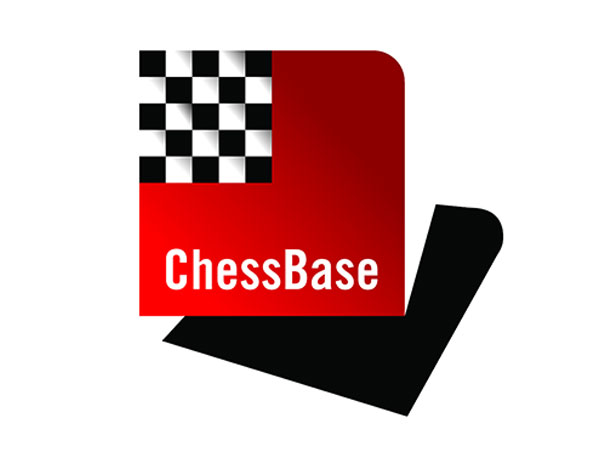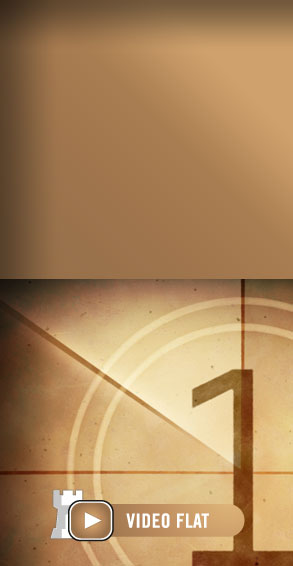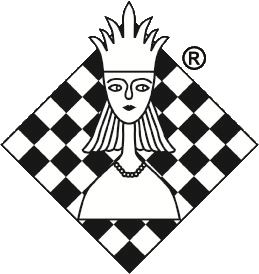David Friedgood: More on Novotnys
Firstly, here is a two-mover for you to solve.
Milan Vukcevich, 2nd HM, Probleemblad, 1962

Mate in two
This is a messy position, but it contains an idea that led to many subsequent
imitations. There are Novotny possibilities on d6, e7 and e4, but which is the
one that solves the problem and why do the others fail? What theme is shown
in addition to the Novotny? The solution will be published next week.
The following problem shows how a good deal of interest – and complexity
– can be added by extending the number of moves to three. The solution
is given at the end of this article.
Milan Vukcevich, 2nd Prize, British Chess Federation,
1961

Mate in three
The following three-mover is for you to solve and is probably easier than the
two-mover. There is a Novotny in the making on e5, but you need to complete
it. Once you have the key and threat forcing mate on the third move, you still
need to find Black’s defences and White’s responses to them. The
solution will be published next week.
Milan Vukcevich, Schach-Echo, 1970

Mate in three
The closing problem is a four-mover showing two variations, in each of which
there are two Novotnys. The solution is given at the end of this article.
Milan Vukcevich, 2nd Prize, The Problemist,
1971

Mate in four
There is a lot more I can show on the Novotny theme, but let’s give it
a rest for a while. Next time we’ll look at a different item from the
cornucopia of the chess problem art. Any queries or constructive comments can
be addressed to me at david.friedgood@gmail.com
Solutions to problems two and four above
Copyright in this article David Friedgood 2012/ChessBase
 The
British Chess Problem Society (BCPS), founded in 1918, is the world's
oldest chess problem society. It exists to promote the knowledge and enjoyment
of chess compositions, and membership is open to chess enthusiasts in all countries.
The
British Chess Problem Society (BCPS), founded in 1918, is the world's
oldest chess problem society. It exists to promote the knowledge and enjoyment
of chess compositions, and membership is open to chess enthusiasts in all countries.
The Society produces two bi-monthly magazines, The Problemist and
The Problemist Supplement (the latter catering for beginners), which
are issued to all members. Composers from all over the world send their problems
and studies to compete in the tourneys run by the society.
The BCPS also organises the annual British Chess Solving Championship, and
selects the Great Britain squad for the World Chess Solving Championship. The
Society holds an annual residential weekend, with a full programme of solving
and composing tourneys and lectures; this event attracts an international participation.
Members are also entitled to use the resources of the BCPS library, and the
Society book service, which can provide new and second-hand publications.
























